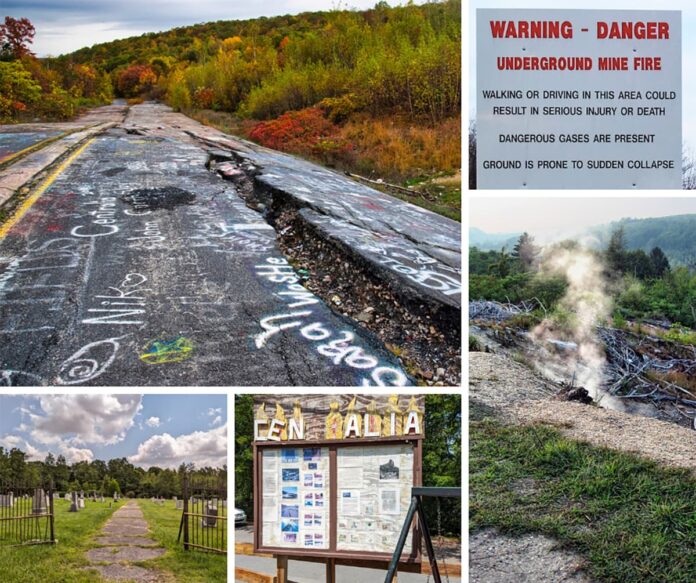
The story of Centralia in Columbia County epitomizes a tragic yet fascinating chapter in the pages of Pennsylvania history.
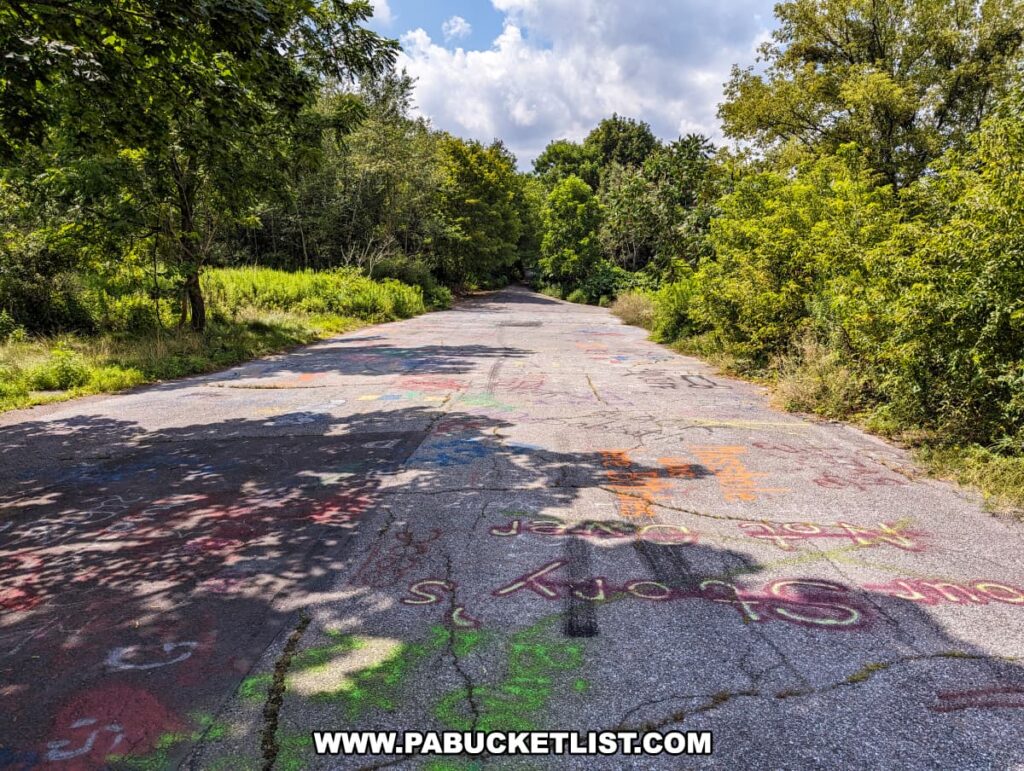
Through a series of calamitous events, Centralia, a once-thriving settlement buoyed by the anthracite coal industry, descended into near-total abandonment and has become known as “PA’s Toxic Ghost Town.”
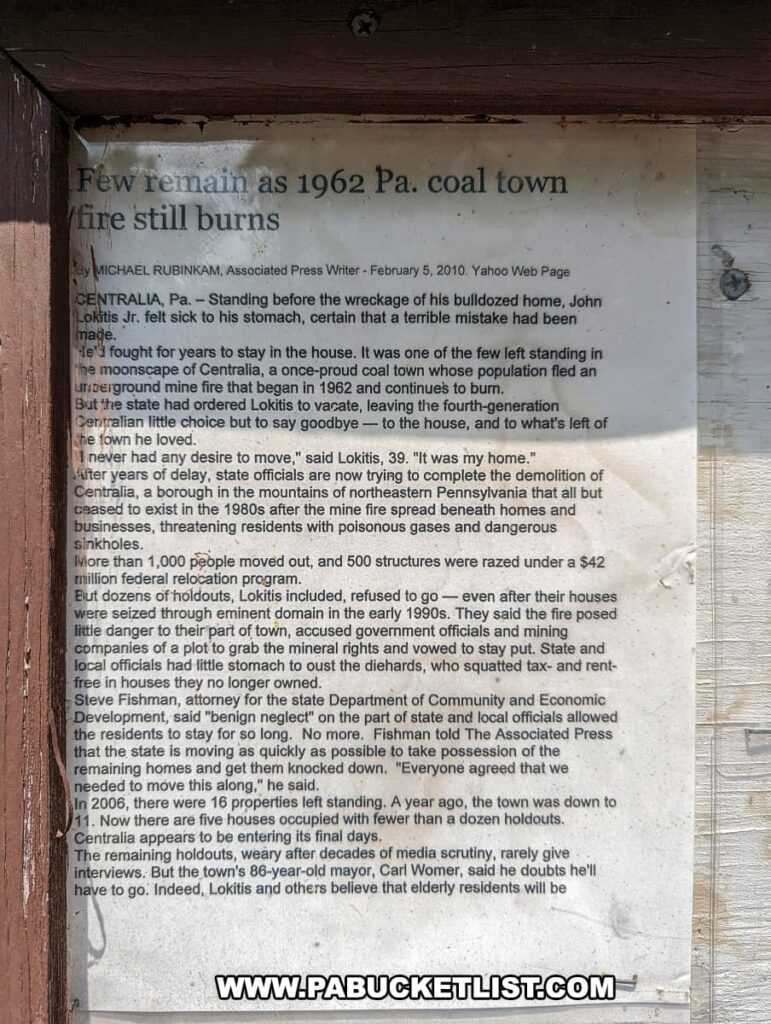
History of Centralia
A century ago, Centralia was the quintessential bustling small town in Columbia County.
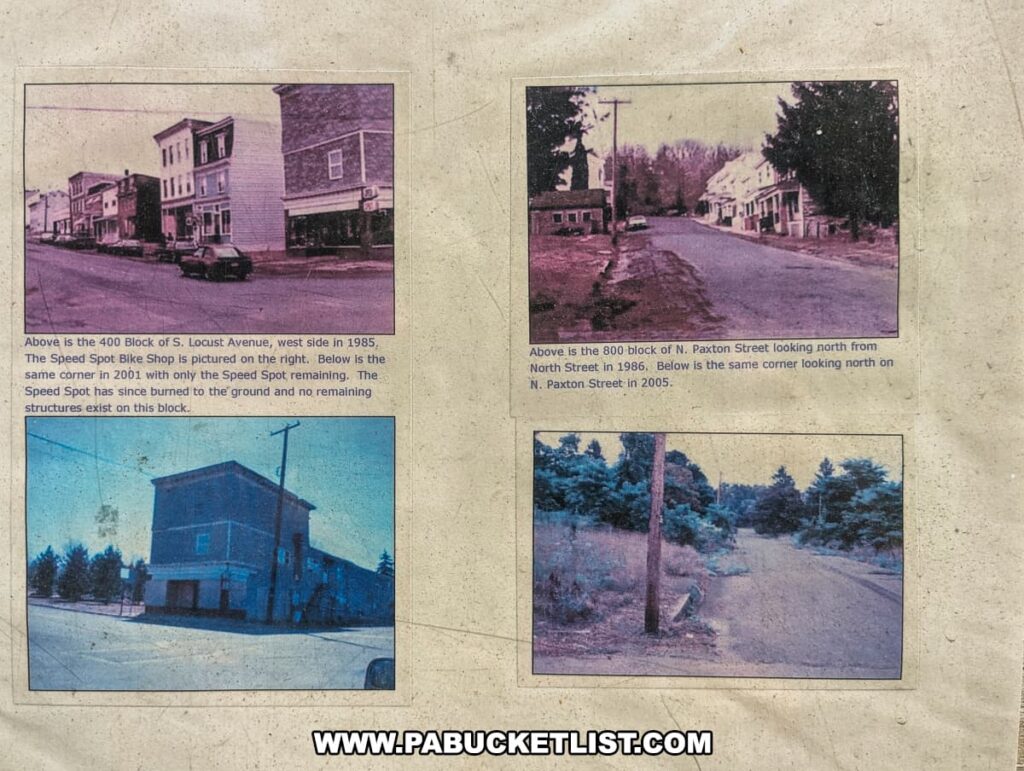
Its economy was robust, fueled by the rich veins of anthracite coal that lay beneath the earth.
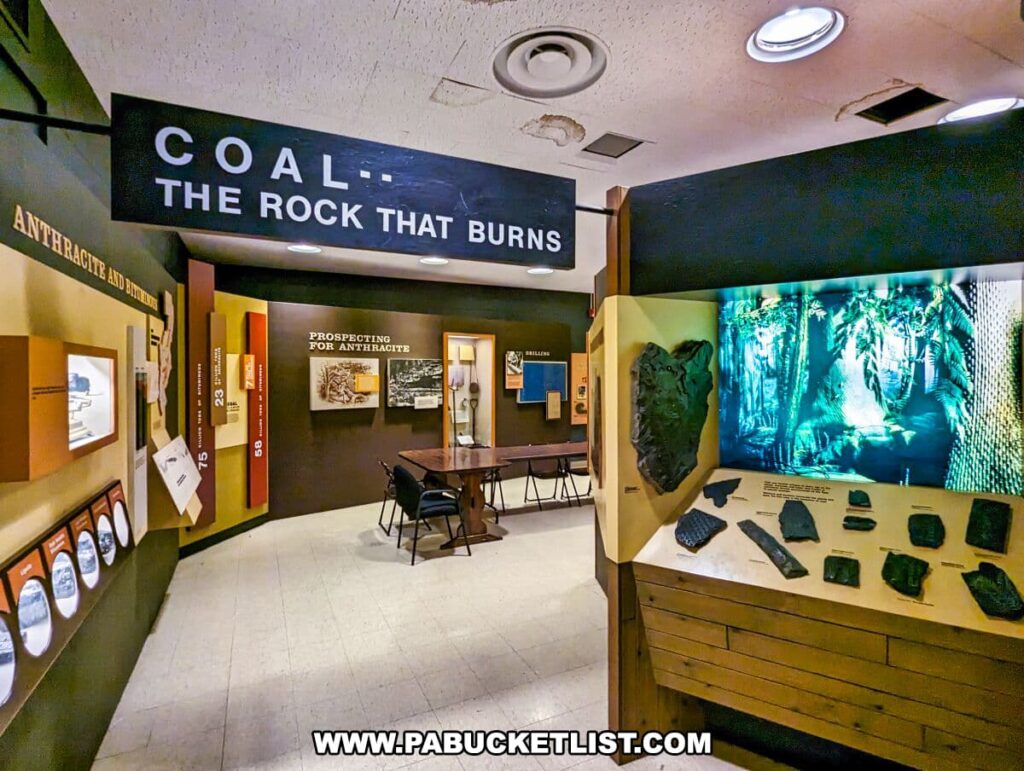
The town’s 1,200 inhabitants were a close-knit community, with shops and homes dotting the landscape.
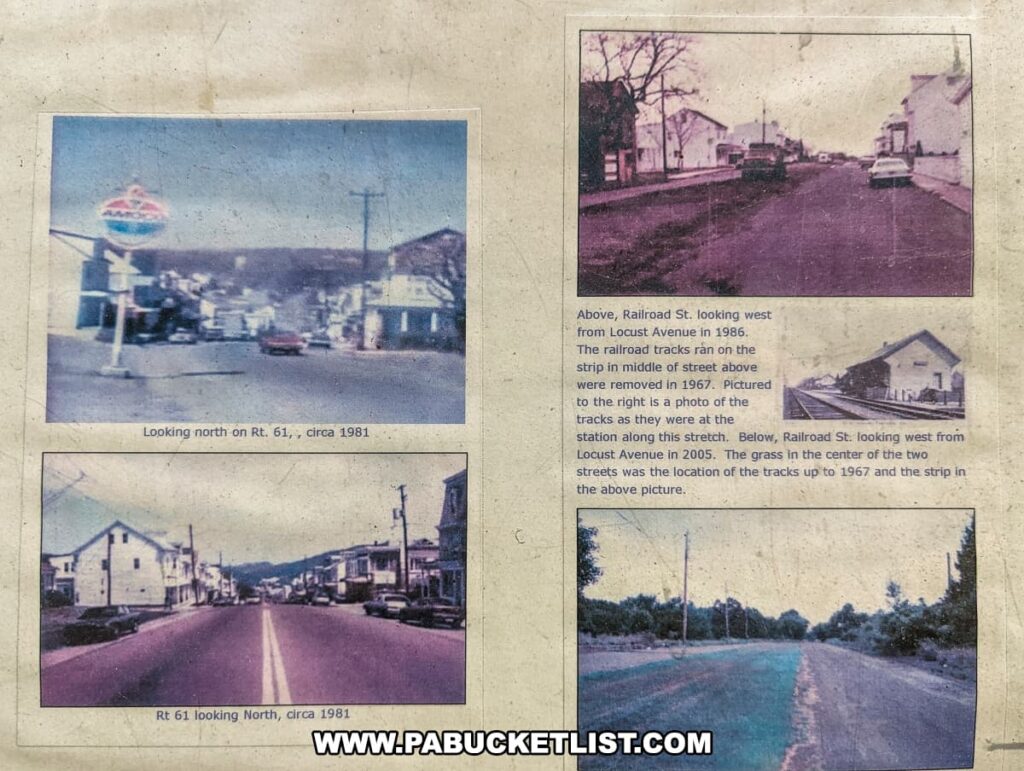
Today, however, Centralia stands as a somber relic of its former self, with empty streets serving as a silent testament to its decline.
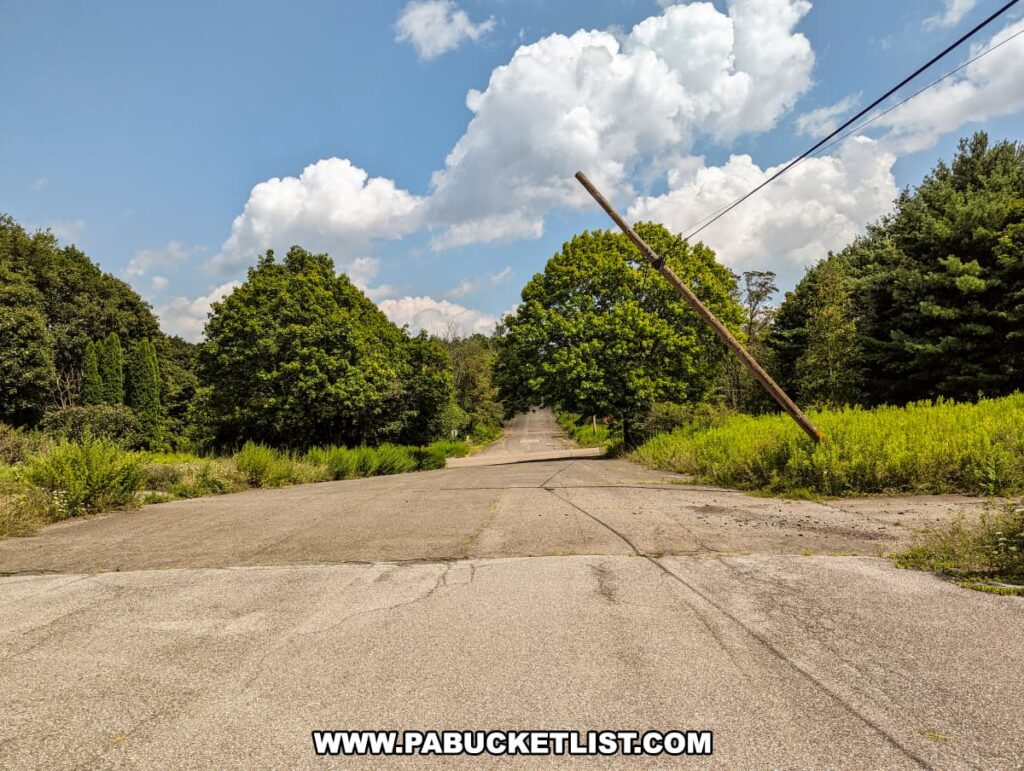
The catalyst for this transformation was not a natural disaster or economic downturn but a devastating mine fire that has raged beneath Centralia’s streets for over six decades, erasing nearly all traces of the community that once thrived above.
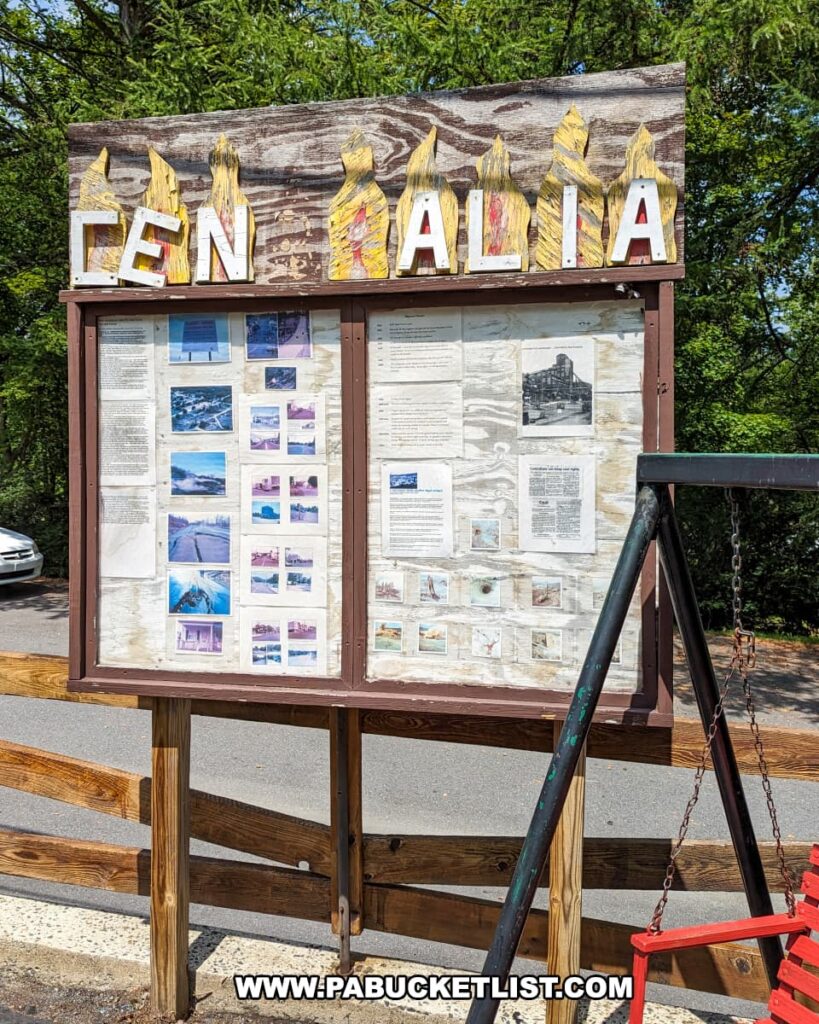
Origins of the Centralia Mine Fire
The origin of Centralia’s undoing dates back to May 1962, when a seemingly innocuous act of burning residential trash in an abandoned strip mining pit inadvertently ignited a coal seam.
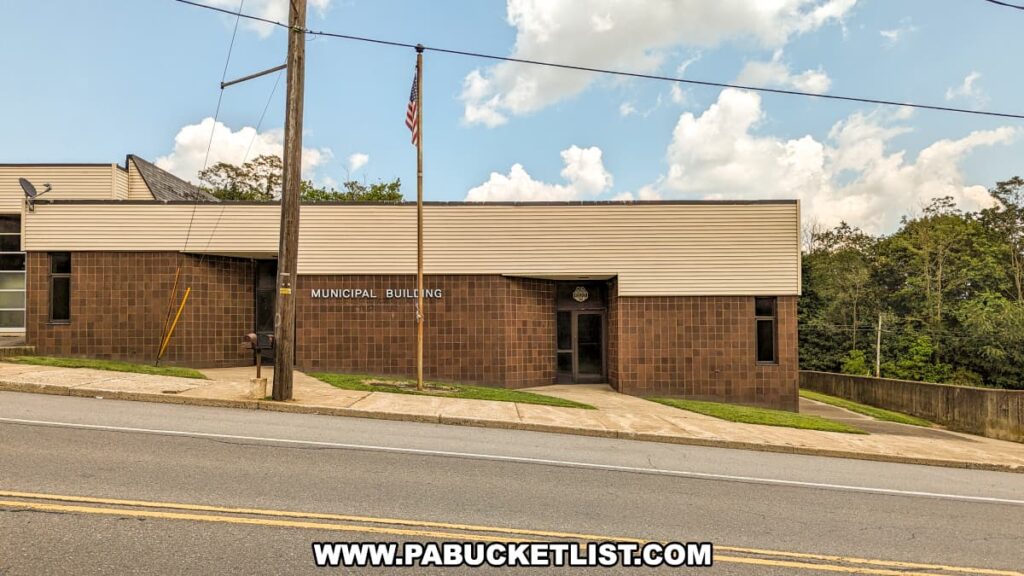
This fire found its way into the labyrinth of abandoned coal mines beneath the town, setting the stage for a disaster of unprecedented scale.
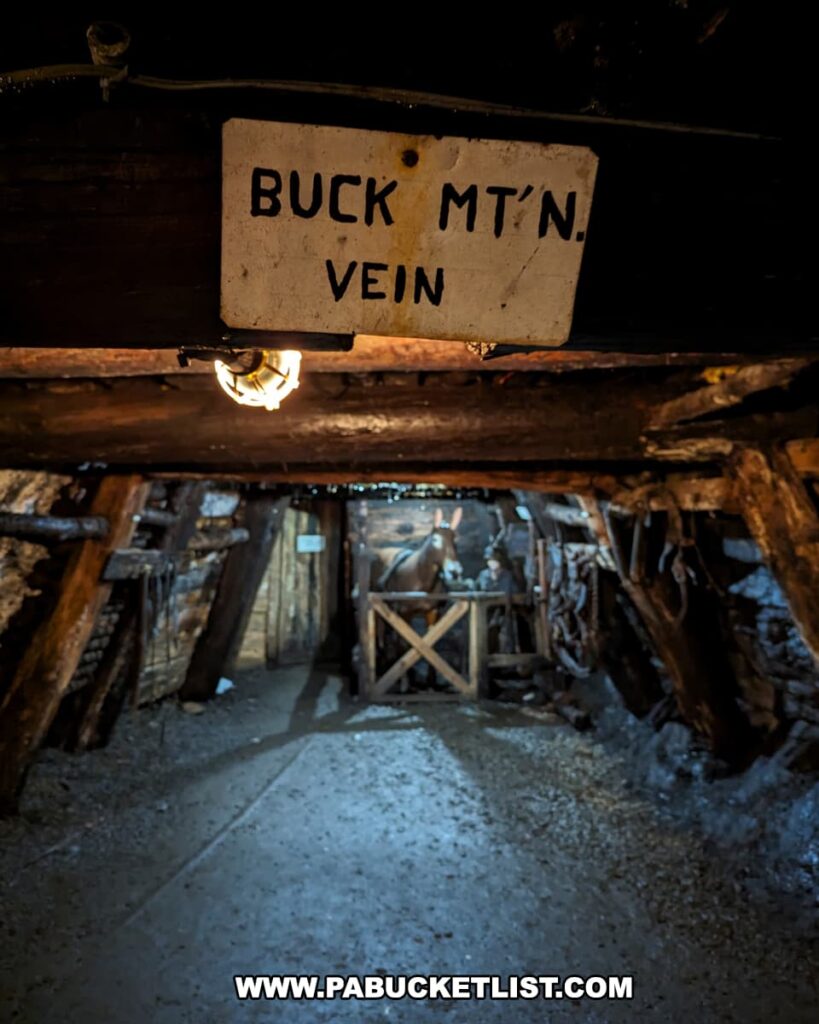
Early attempts to extinguish the blaze were futile, ranging from pumping water into the old mine shafts to filling the shafts with non-combustible materials like sand.
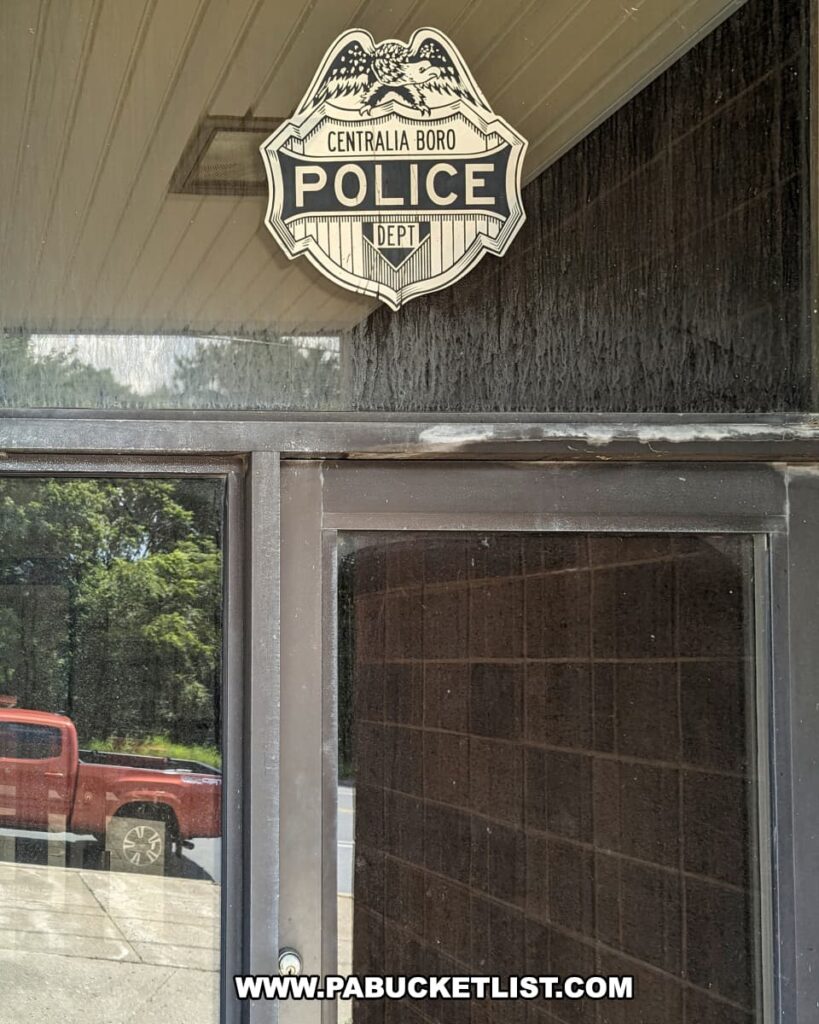
As the fire continued to burn, it transformed the ground beneath Centralia into an inferno, with temperatures in some areas exceeding 900 degrees Fahrenheit.
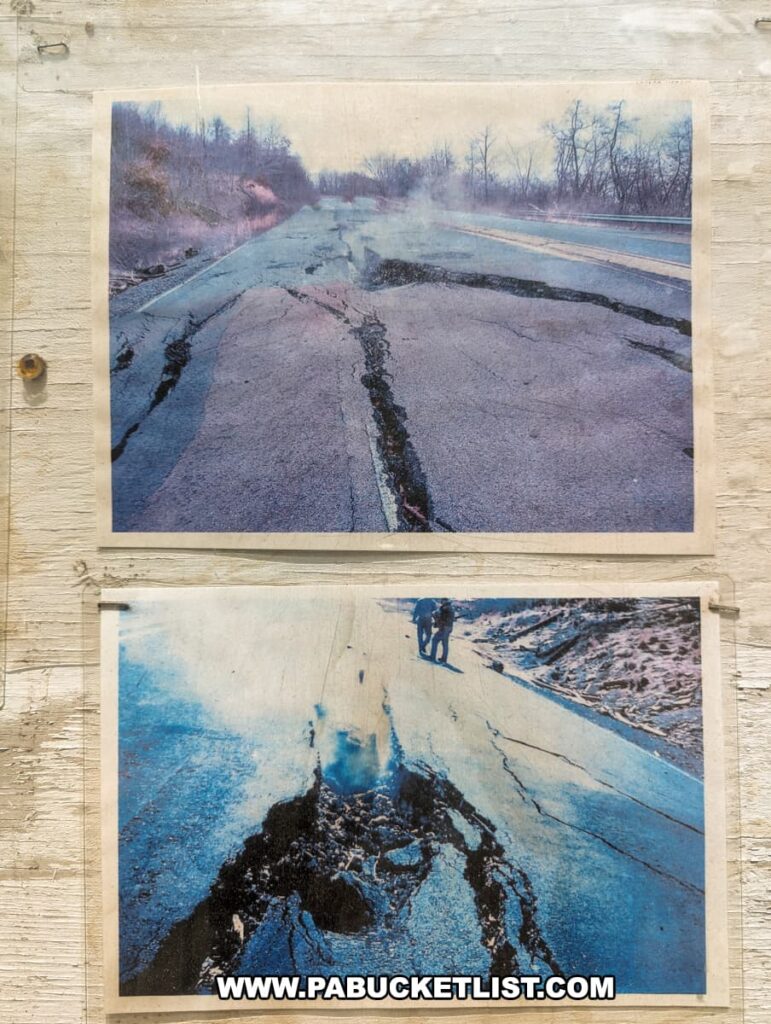
The human toll of the fire soon became apparent, with residents reporting health issues, homes beginning to tilt from the shifting ground, and sinkholes emitting toxic gases becoming a common hazard.
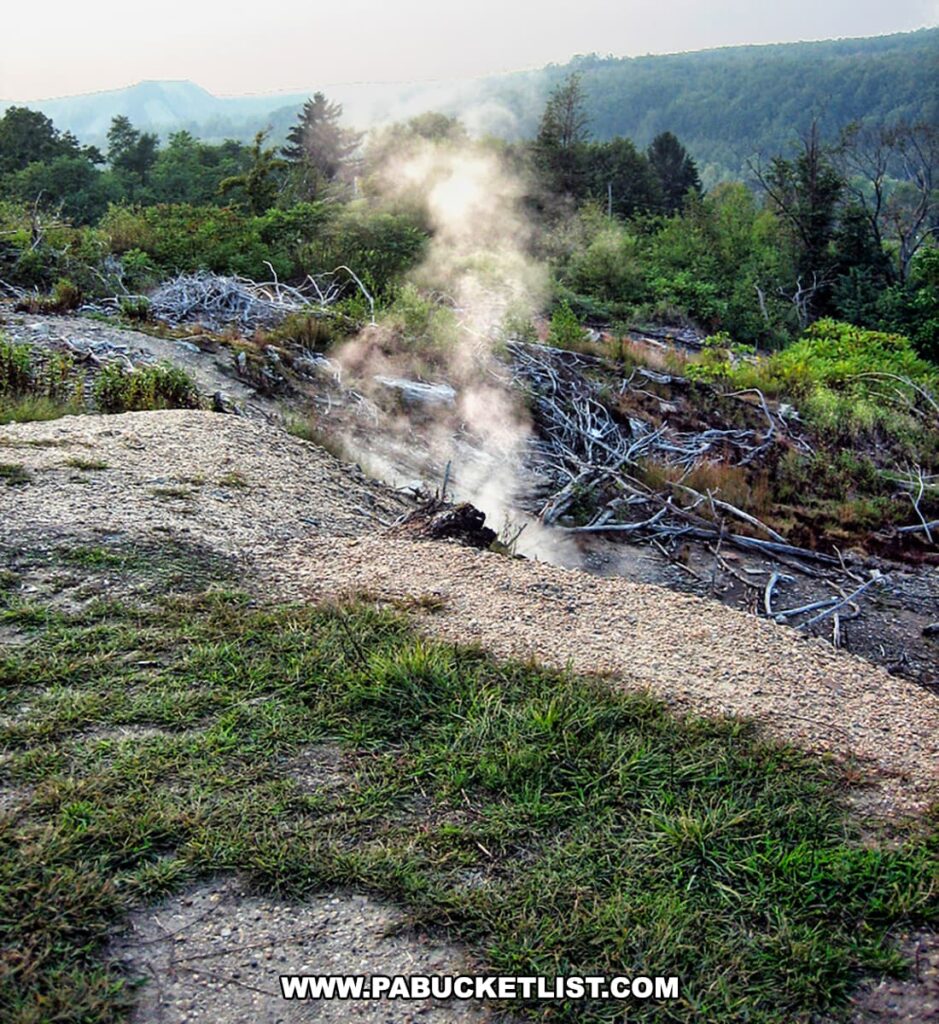
Because of the cost and complexity of trying to extinguish the fire, the decision was made to instead let the fire burn and relocate Centralia’s residents.
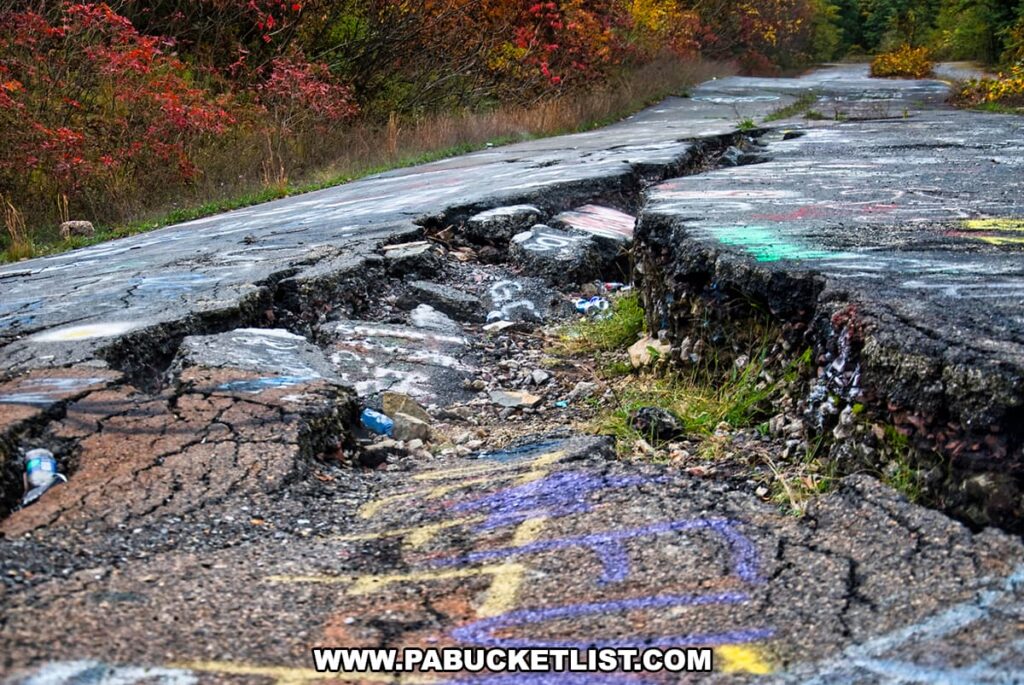
In 1983, Congress allocated over $42 million for this purpose, and in 1992, the state took further measures to invoke eminent domain on the town and evacuate the remaining holdouts.
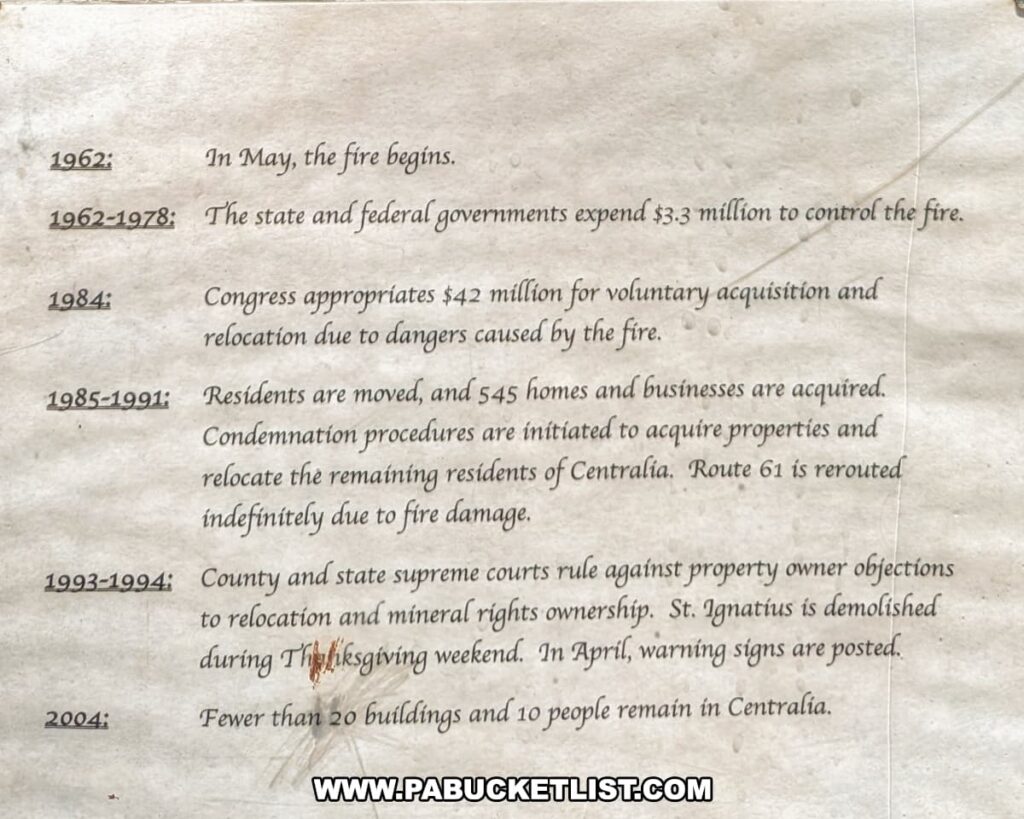
Centralia Today
Today, only a handful of residents remain (5 as of the 2020 census) in a town that has been all but erased from the map.
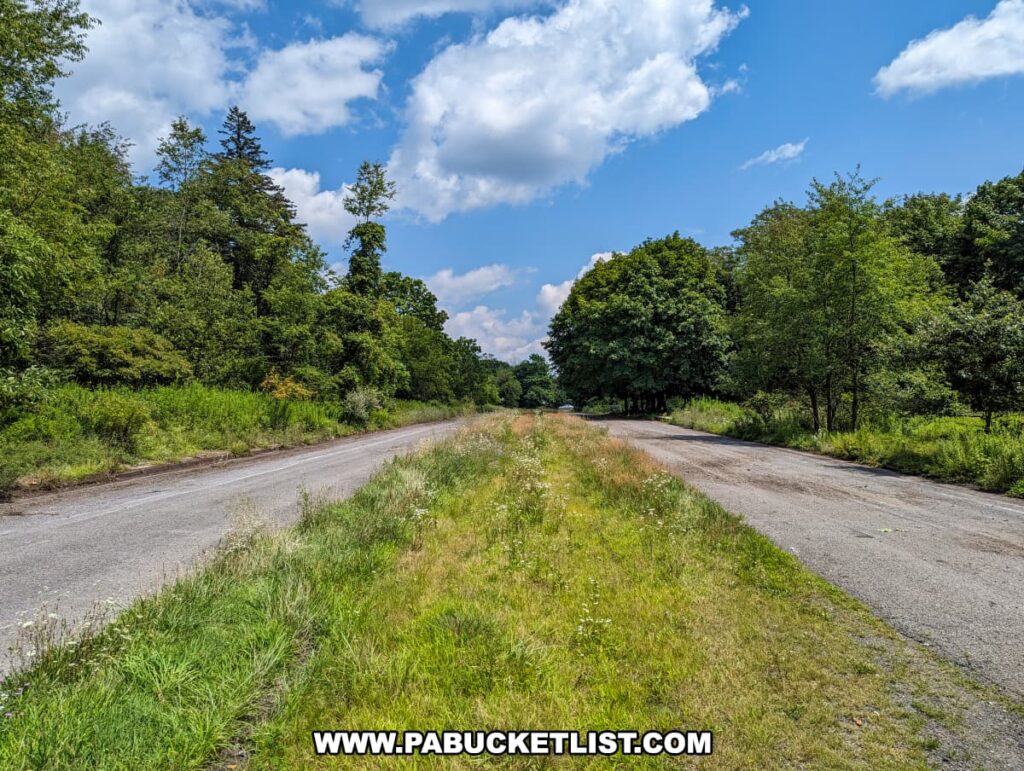
The “Graffiti Highway”, Centralia’s biggest “tourist attraction”, is now buried under mounds of dirt to discourage trespassing.
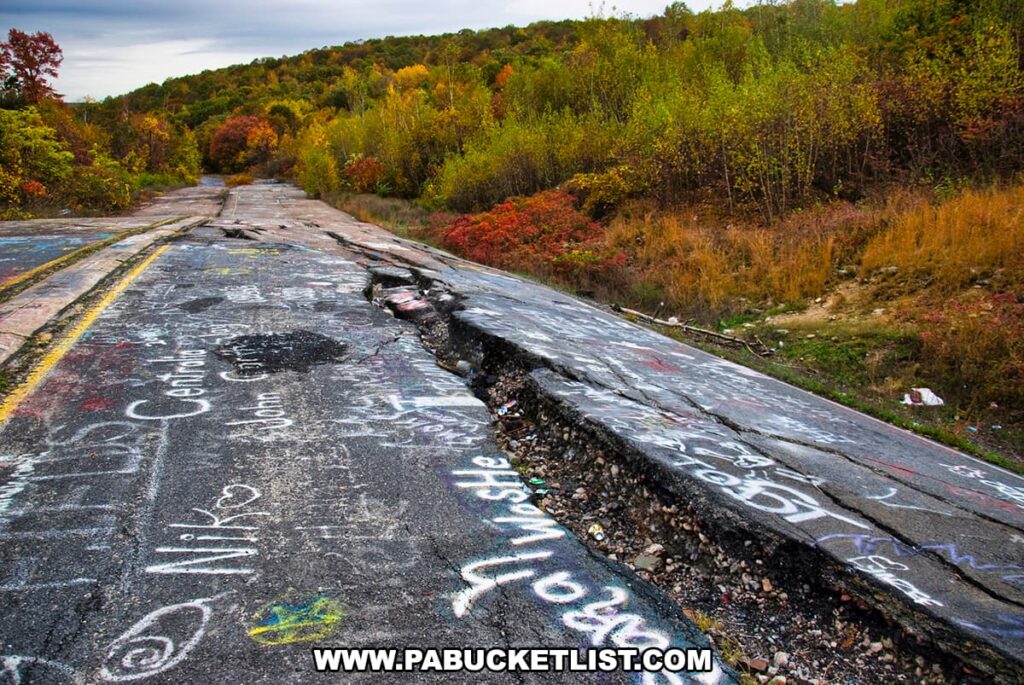
Yet, amidst the desolation, life persists in the form of new-growth forests and the remaining church, St. Mary’s, which continues to hold weekly services.
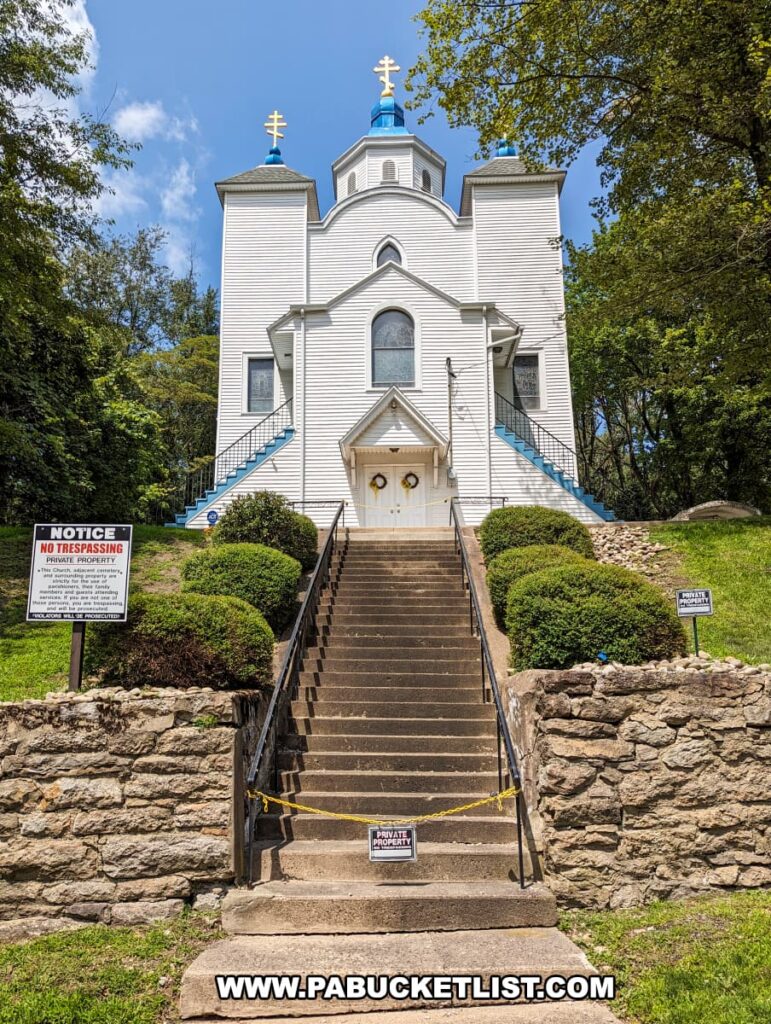
Final Thoughts
According to the Pennsylvania Department of Environmental Protection, visitation to Centralia is not recommended due to the many hazards associated with the underground mine fire; the State calls the program “Stay Out – Stay Alive”.
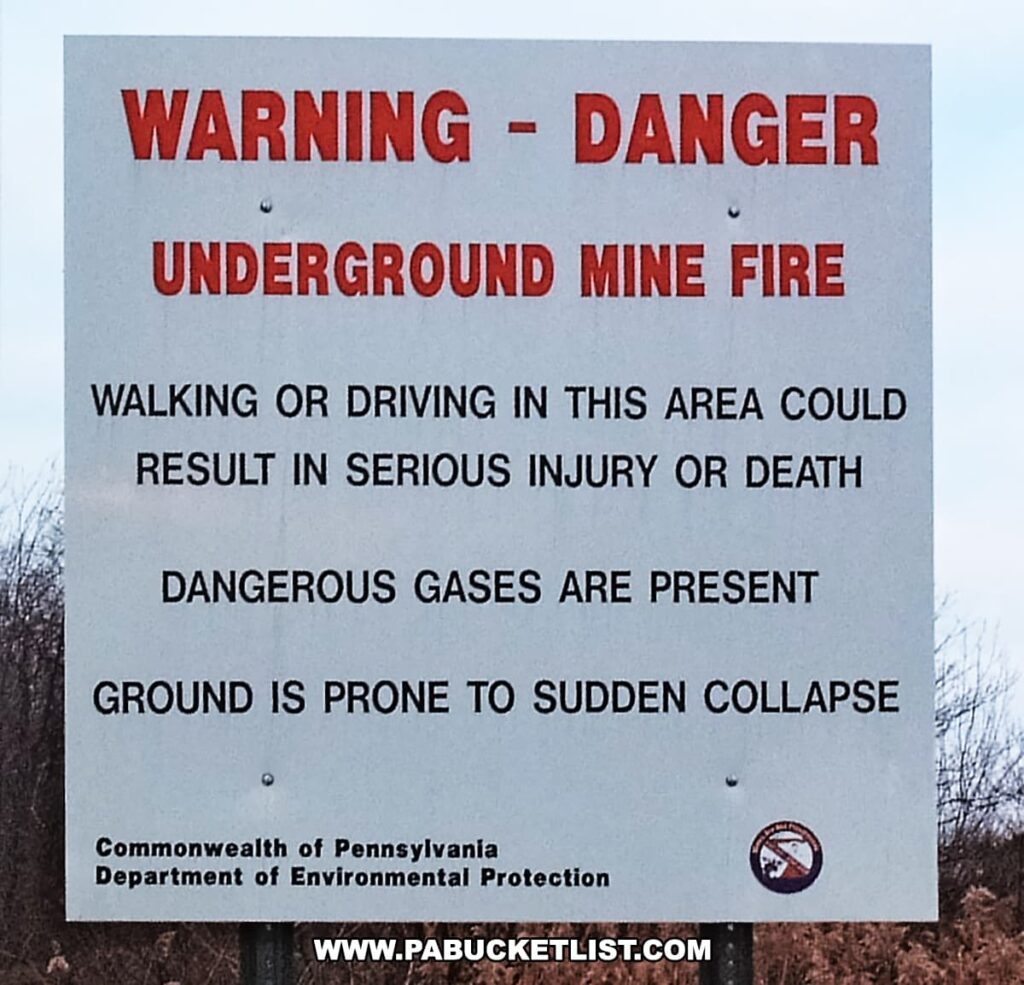
But the story of Centralia is worth knowing, for it serves as a stark reminder that the consequences of our actions can extend far beyond our immediate intentions, echoing for generations in profound and unexpected ways.
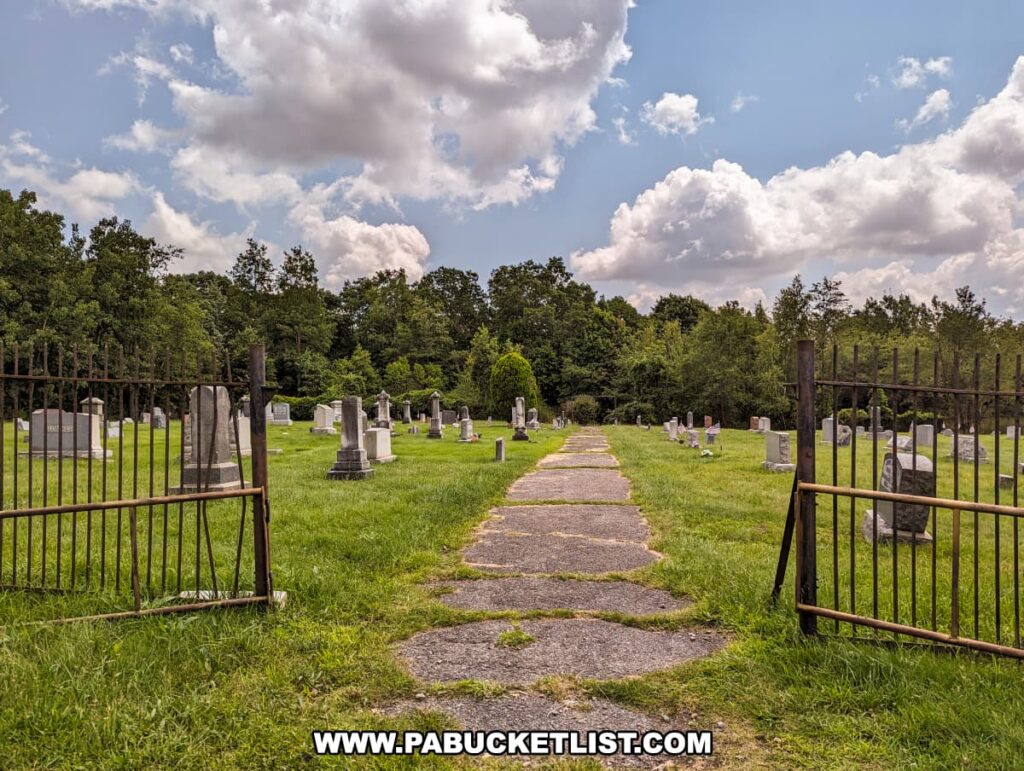
Related Attractions
While there is really nothing left to see in Centralia, Concrete City is a historic ghost town in neighboring Luzerne County with plenty to see.
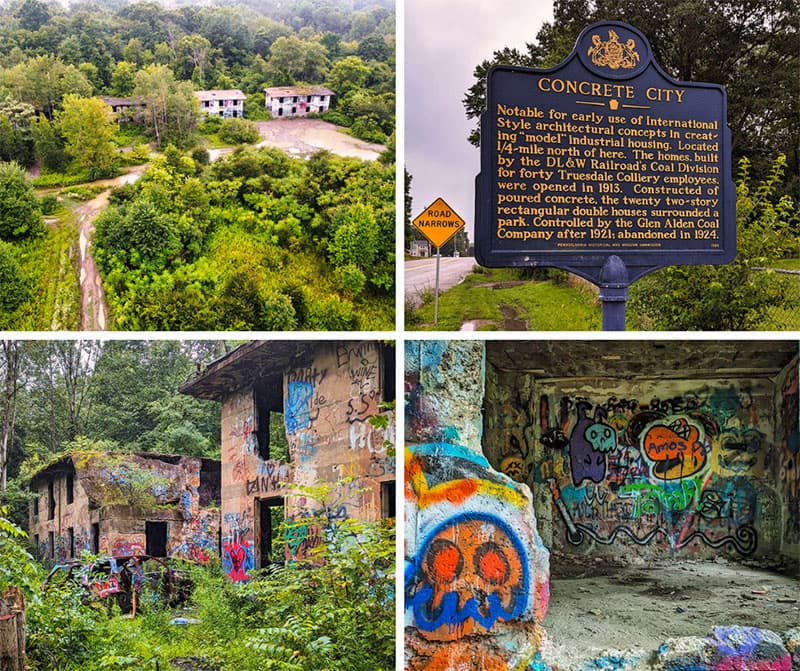
Yellow Dog Village in Armstrong County has been called PA’s best-preserved ghost town, and you can explore it legally during paid tours and photo excursions offered by the owner.
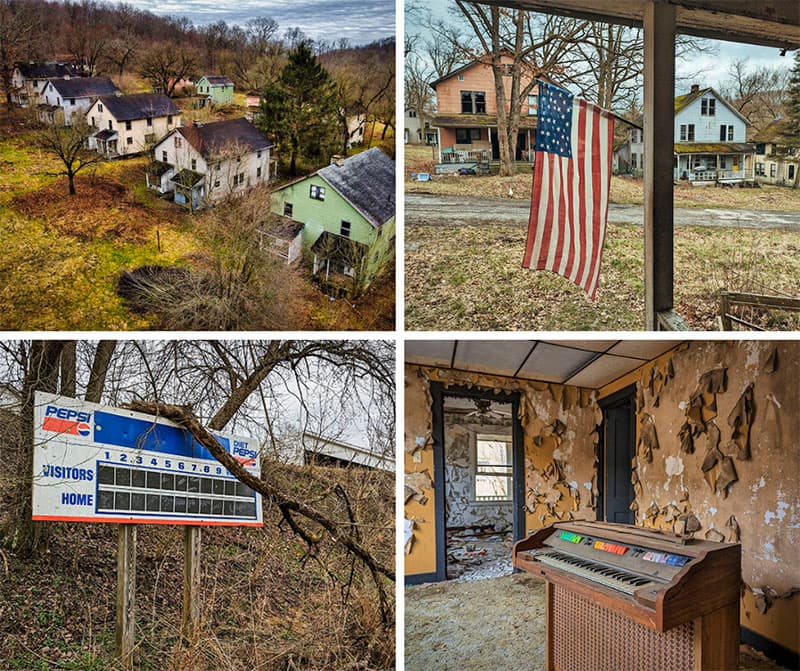
Nearby Attractions
7 Must-See Attractions in Schuylkill County is your guide to the best things to see and do just south of Centralia.
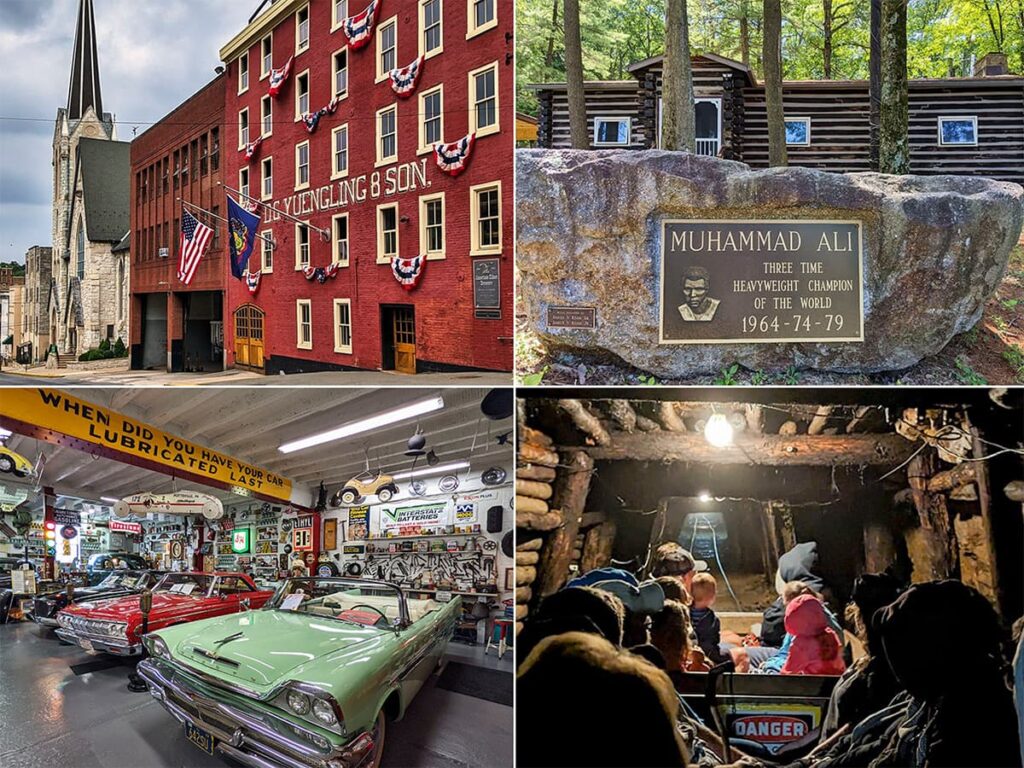
Did you enjoy this article?
If so, be sure to like and follow PA Bucket List on Facebook, Instagram, and/or Pinterest to learn more about the best things to see and do in Pennsylvania!
Click on any of the icons below to get connected to PA Bucket List on social media.


